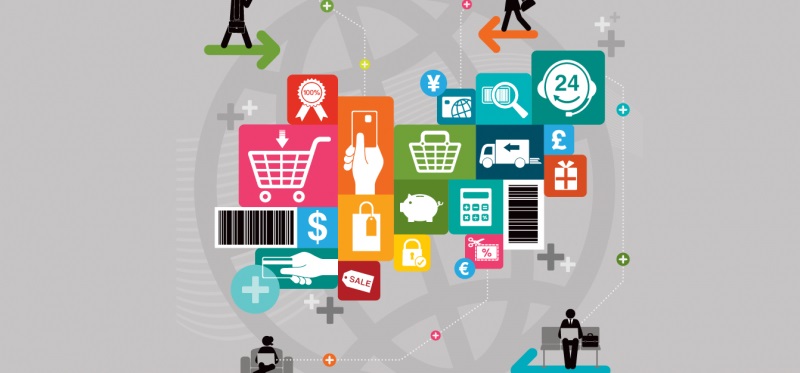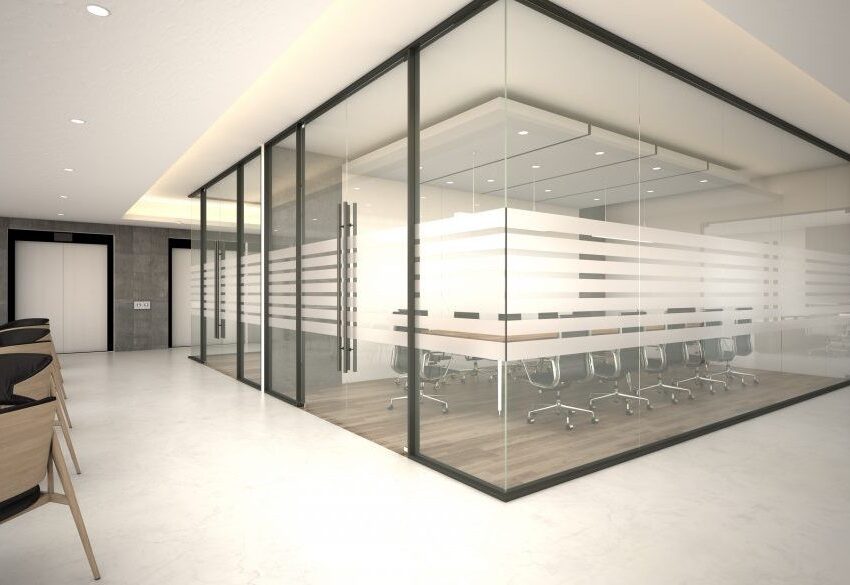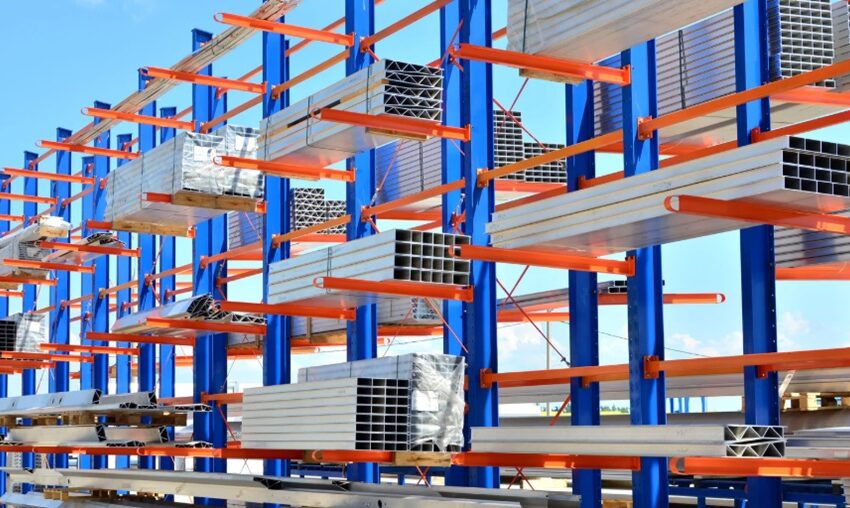The retail sector has witnessed profound transformations over the past decade, driven by rapidly evolving consumer behaviors, technological innovations, and global economic shifts. This dynamic landscape demands that retailers not only adapt but also proactively shape their strategies to thrive. This article delves into key strategies that forward-thinking retailers must adopt to navigate these changes successfully.
Leveraging Technology in Retail
Omnichannel Strategies
The integration of physical and digital sales channels is crucial for creating a seamless customer experience. This strategy involves more than just having an online presence; it requires the synchronization of various channels to provide a consistent and fluid shopping experience across all platforms. Retailers like Home Depot and Walmart have excelled in this area by enabling features like click-and-collect and real-time inventory updates, which cater to the convenience that today’s consumers demand.
Technological Transformations
The adoption of advanced data analytics and artificial intelligence (AI) is transforming how retailers understand and interact with their customers. Personalized marketing, tailored product recommendations, and optimized pricing strategies are now possible with these technologies, which gather and analyze customer data at every touchpoint. This leads to improved customer satisfaction and loyalty, as businesses can engage with consumers in a more meaningful and effective manner.
Consumer-Centric Strategies
Enhancing Customer Loyalty
In an era where consumer options are limitless, fostering strong customer loyalty is more critical than ever. Effective loyalty programs that offer more than just transactional rewards are essential. These programs should provide real value, such as personalized discounts, exclusive access, or unique experiences that resonate with the target audience’s lifestyle and preferences.
Sustainability as a Competitive Advantage
Sustainability is no longer just an ethical choice but a business imperative. Consumers increasingly prefer to patronize brands that demonstrate environmental stewardship and social responsibility. Retailers are responding by embedding sustainability into their core business strategies—reducing carbon footprints, optimizing supply chains, and ensuring fair labor practices, all of which significantly influence consumer choice and brand loyalty.
Stages of retail development
Entry and Growth
The initial stages of retail development are critical as they set the foundation for future success. During the entry phase, retailers must establish a clear brand identity and a deep understanding of their target market. The growth phase focuses on scaling operations while maintaining service quality and customer satisfaction. Innovative marketing strategies and exceptional customer service are pivotal during these stages to captivate and expand the customer base.
Maturity and Decline
Once a retailer reaches maturity, the challenge shifts to maintaining relevance and competitiveness. Strategies to rejuvenate the brand and innovate offerings are vital to avoiding decline. For instance, adopting new technologies or tapping into emerging market trends can inject new life into the retail operations. Additionally, strategic decisions such as store renovations, rebranding, or diversifying product lines are essential to sustain interest and engagement from customers.
Strategic Use of Mergers and Acquisitions
Expanding Capabilities
Mergers and acquisitions serve as strategic tools for retailers aiming to quickly adapt to market changes or integrate new technologies. By acquiring startups or forming partnerships, traditional retailers can access innovative technologies and retail business models that would otherwise take years to develop internally. This approach not only enhances operational efficiencies but also broadens the retailer’s market reach.
Building Resilience
In an increasingly volatile market, building resilience through strategic M&A can help retailers weather economic downturns and outpace competitors. These moves can optimize cost structures, enhance supply chain robustness, and open up new customer segments. For instance, integrating vertically can control more of the supply chain, reducing costs and improving product availability.
Conclusion
The future of retail lies in agility and the strategic foresight to embrace change. By adopting the strategies discussed—leveraging technology, focusing on consumer-centric approaches, understanding the lifecycle of retail development, and utilizing mergers and acquisitions wisely—retailers can ensure sustainable growth and continued relevance in the ever-evolving market landscape.
Discover more insights and trends on retail development and retail business to enhance your strategies and stay ahead in the competitive market.







